AISI 441 | EN 1.4509 | DIN X2CrTiNb18 is a ferritic stainless steel that has good mechanical strength and oxidation resistance at relatively high temperatures. Compared with most ferritic stainless steels, it has better formability and weldability. This grade of stainless steel shows significantly better resistance to pitting, cracking and intercrystalline corrosion.
Due to the higher niobium content, it has higher resistance to high temperature oxidation.
AISI 441 - stabilized with titanium and niobium. Due to the high chromium content, it can be used as an alternative to conventional austenitic steels. The demand for this grade is due to its excellent performance characteristics:
- high strength;
- oxidation resistance under conditions of exposure to temperatures up to 950 °C;
- resistance to intercrystalline corrosion due to the presence of titanium and niobium in the composition;
- good processability in various ways: grinding, polishing, drilling, bending, deep drawing, perforation, etc.;
- high thermal conductivity;
- resistance to inertial overheating.
Technological properties
⓵ Welding
This steel can be welded by conventional welding methods: fusion and resistance welding, including laser and high-frequency induction welding of pipes. This grade of stainless steel is considered to have reduced weldability compared to the most common alloys of this class of stainless steel, such as AISI 409. The application of weld heat can cause an increase and decrease in impact toughness in the heat-affected zone. The use of low heat input welding procedures, minimization of stress concentrations, and low heating of the parts before forming will reduce the tendency for brittle failure of the weld during subsequent processing.
Physical properties
| Density g/cm³ | 7,7 |
| Specific heat capacity J/kg K | 460 |
| Thermal conductivity W/m K | 25 |
| Specific electrical resistance Ω mm² / m | 0,60 |
| Magnetic properties | magnetic |
| Temperature | +20°С | +100°С | +200°C | +300°С | +400°С |
| Modulus of elasticity, GPa | 220 | 215 | 210 | 205 | 195 |
| Coefficient of linear expansion, 10-6/°C | 10,0 | 10,0 | 10,0 | 10,5 | 10,5 |
Mechanical properties
| Tensile strength, min., MPa | 420 |
| Yield strength, min., MPa | 200 |
| Relative elongation, % | 18 |
| Hardness (HB) | 200 |
Corrosion resistance
AISI 441 has good corrosion resistance in solutions of many halogen-free organic and inorganic compounds over a wide range of temperatures and concentrations. It can withstand many fairly dilute organic and mineral acids, depending on the temperature and concentration of the solution. It can be uniformly corroded in strong organic and mineral acids, as well as in hot concentrated alkaline solutions.
In aqueous solutions containing halides, such as chlorides or bromides, pitting and crevice corrosion may occur depending on the halide concentration, temperature, pH value, concentration of oxidising compounds or crevice geometry, if applicable. Over short periods of time, this stainless steel can even tolerate relatively high chloride concentrations. The presence of corrosion-inhibiting or accelerating compounds, such as transition metal ions or organic compounds, can influence its corrosion resistance. Due to its ferritic crystal structure, 441 | EN 1.4509 | DIN X2CrTiNb18 is not susceptible to chloride stress corrosion cracking.
Due to the titanium and niobium content, the risk of sensitization for intergranular corrosion is greatly reduced compared to unstabilized ferritic grades of stainless steel. The steel can be used in the temperature range in which chromium carbides precipitate in unstabilized ferritic grades. The maximum service temperature in dry air is 950 °C. The presence of other corrosive compounds in a hot environment, such as water or sulfur compounds, can significantly reduce the maximum service temperature.
Chemical composition of steel grade AISI 441 | EN 1.4509 | DIN X2CrTiNb18 | ||||||||
| C | Si | Mn | P | S | Cr | Ti | Nb | Fe |
| <0,03 | <1,00 | <1,00 | <0,04 | <0,015 | 17,5-18,5 | 0,10-0,60 | <1,00 | Other |
Application
Stainless steel EN 1.4509 can be used indoors in rural areas and in urban environments where chloride pollution is low. The best material characteristics are usually achieved through adequate design, proper post-weld treatment and regular cleaning during use. AISI 441 steel is used in almost all important industrial applications:
- construction;
- mechanical engineering;
- automobile manufacturing;
- production of process equipment (heat exchangers, compressor units, blower units for metallurgical equipment);
- production of rolled pipes for the petrochemical and chemical industries;
- food industry.

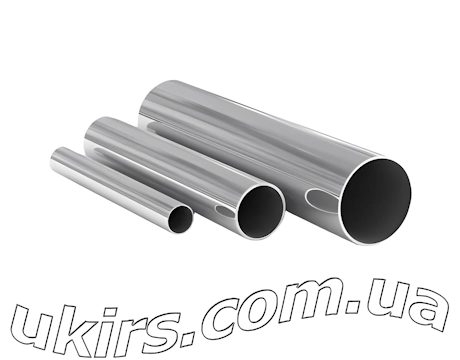 Stainless Steel Round Pipe
Stainless Steel Round Pipe 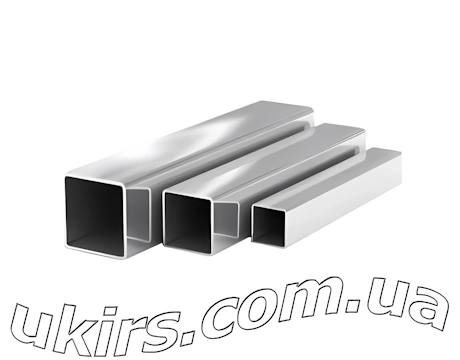 Stainless Steel Square Pipe
Stainless Steel Square Pipe 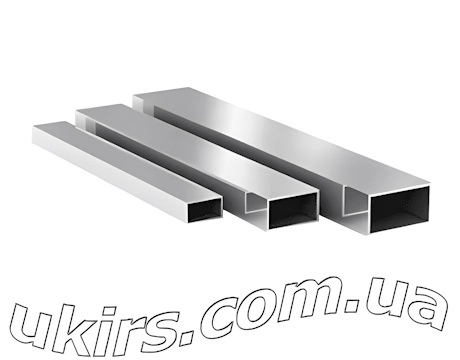 Stainless Steel Rectangular Pipe
Stainless Steel Rectangular Pipe 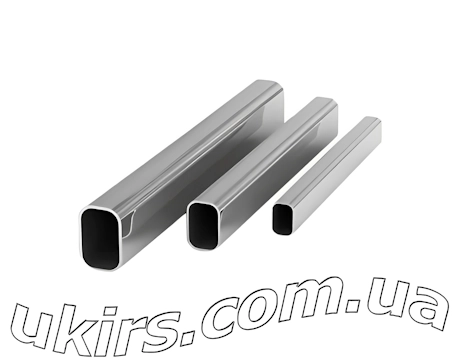 Stainless Steel Oval Pipe
Stainless Steel Oval Pipe 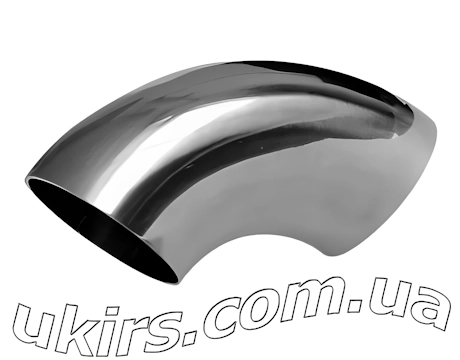 Stainless Steel Elbow
Stainless Steel Elbow 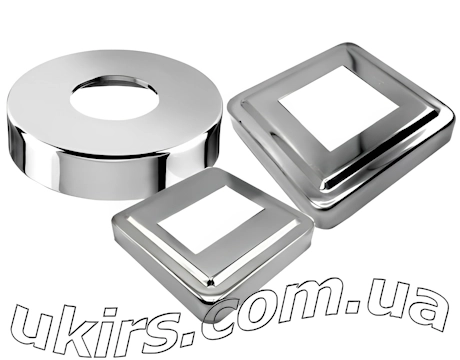 Stainless Steel Decorative Cover
Stainless Steel Decorative Cover 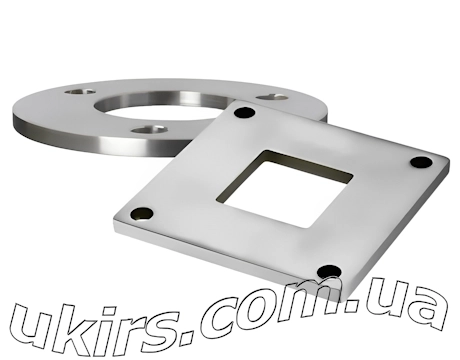 Stainless Steel Flange
Stainless Steel Flange 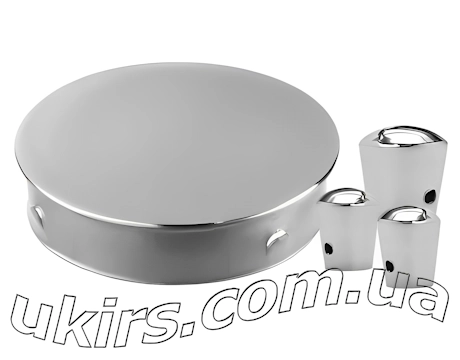 Stainless Steel Plug / Cap
Stainless Steel Plug / Cap 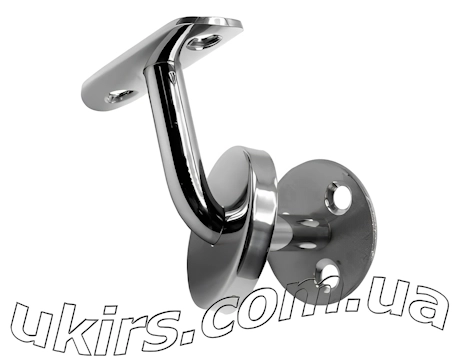 Stainless Steel Handrail Holder
Stainless Steel Handrail Holder